Most Common Pests In Cannabis: Broad Mites
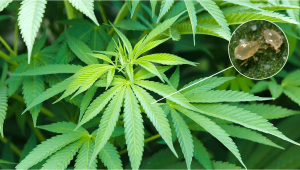
- 1. What are broad mites?
- 2. What do broad mites look like?
- 3. Where are broad mites found?
- 4. What do broad mites do?
- 5. Broad mites symptoms
- 6. How to prevent them?
- 7. How to deal with them?
- 8. Treatments for broad mites
- 9. In conclusion
Broad mites are extremely small bugs that can attack your cannabis seeds crops and even though they weren’t as common as other pests in cannabis, their appearance in cannabis crops indoors and outdoors has increased lately, as cannabis becomes legalized and more popular.
1. What are broad mites?
Broad mites are scientifically known as Polyphagotarsonemus latus (which translates roughly to “the many eater thread-foot), they occur mainly in temperate climates and can attack a wide range of plants, from vegetables to fruits to ornamental plants but it wasn’t common to see them on cannabis crops until cannabis became more popular and growing cannabis more and more legalized. These microscopic species of mites are found especially in fruit crops but also affect cannabis plants. They feed on your plant, leaving behind their toxic saliva, and because they're tiny, it's super hard to spot and deal with them.
They are usually found on newer growth areas of cannabis plants, although that is not always the case with them sometimes residing on the lower, older parts of the plant. Since they are one of the smallest mite species currently known to adversely affect cannabis crops (and many other crops), you will need a 20x jewelers loupe or a high-strength magnifying glass to have a chance of identifying them properly.
2. What do Broad mites look like?
Broad mites belong to the family of mites, just like spider mites and russet mites they have four pairs of legs, a medium-sized mandible and they’re of a yellowish-white with white hairs on their body but are considerably smaller, unlike other mites, broad mites are almost imperceptible to the naked eye so you need a microscope to identify them.
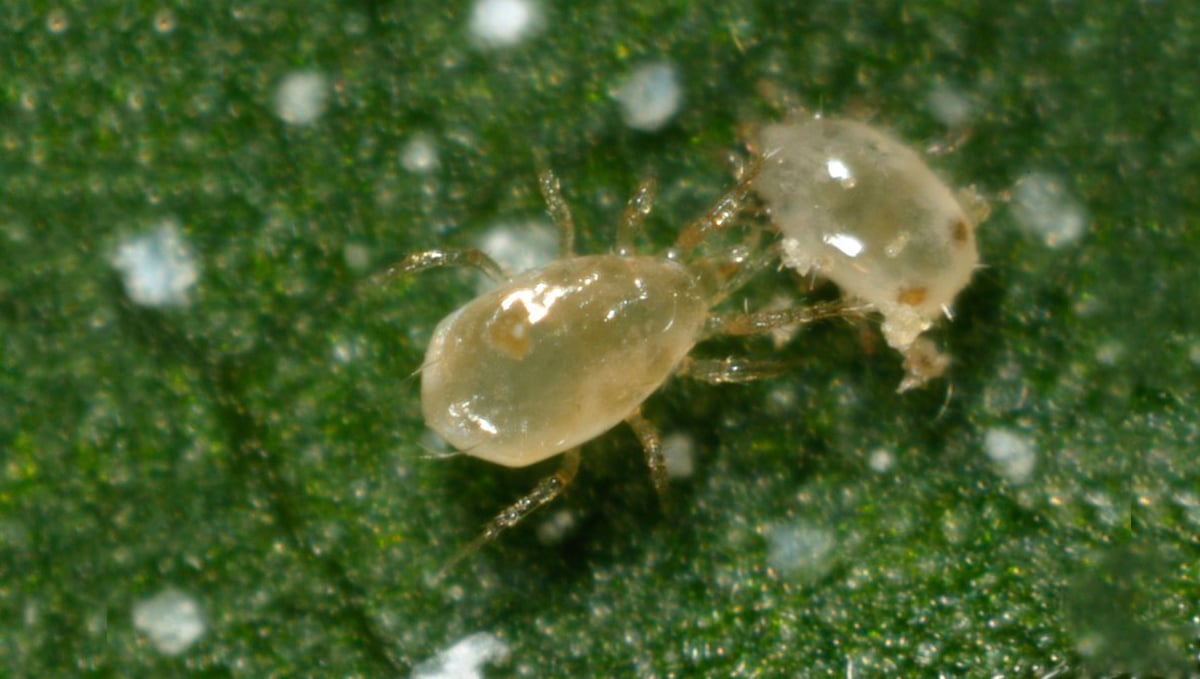
Without special equipment, you’ll only be able to spot them once their population has grown too much and you can see the egg clusters throughout your plant, we recommend being 100% certain of the type of mite you have before starting the treatment. The egg clusters are definitely the easiest way to spot a broad mite infestation. They are tiny (but perceptible to the naked eye) oval shapes eggs with white tufts covering them, and they may seem to have some white dots depending on how far through the gestation period they are.
Cannabis plants can suffer from three different mites, here's a table to help you identify them properly.
| Broad Mites | Russet Mites | Spider Mites | |
|---|---|---|---|
| Size | 0.2mm | 0.17mm | 1mm |
| Color | Brown, yellow or white | Milky-white, beige or yellow | Reddish-brown or greenish-yellow |
| Appearance | Oval-shaped with 6 legs | Elongated with 4 legs | Rounded with 8 legs |
Just make sure you don't mistake broad mites for russet or spider mites, even though these bugs look similar and the symptoms look practically the same, it's essential you identify them before starting the treatment.
3. Where are broad mites found?
Because of their tiny size, broad mites can hide in the crevices of the branches and besides the “veins” of the leaves, but they prefer the newer growth to lay their eggs so if you suspect they’re attacking your plants, you will most likely spot them on the underside of the new leaves and branches.

Be 100% sure you're dealing with broad mites before starting treating your cannabis plants. Broad mites are microscopic so you need a loupe or a microscope to be able to start and deal with them before the infestation gets out of control.
It's worth to invest in a tool to identify a broad mite infestation early, before it gets out of control.
4. What do Broad mites do?
Even though mites are a source of infections, the main damage comes from their bites1.
Broad mites suck out the nutrients from the leaves and branches which inhibits photosynthesis and also drain all other liquids from the plants, stunting growth and ultimately killing the leaves and every other affected part.

These insects also leave their saliva behind, these wet spots combined with the damage from their bites can cause easily serious diseases and the appearance of fungi.
5. Broad mites symptoms
Because these bugs are super hard to see with the naked eye, you can easily confuse the symptoms for:
- Heat stress;
- Overwatering;
- pH problems;
- Root problems;
- or other signs of deficiencies.
There are a couple of ways to know what’s really going on. The first sign that can guide you into knowing if your plants are being attacked by broad mites is if the affected plant growth is the newer one, broad mites prefer new plant growth to lay their eggs and feed on so if you see the top part of your plant has a wet look, the new leaves are growing twisted or you see yellow spots on the top leaves, it’s most likely because you have broad mites.
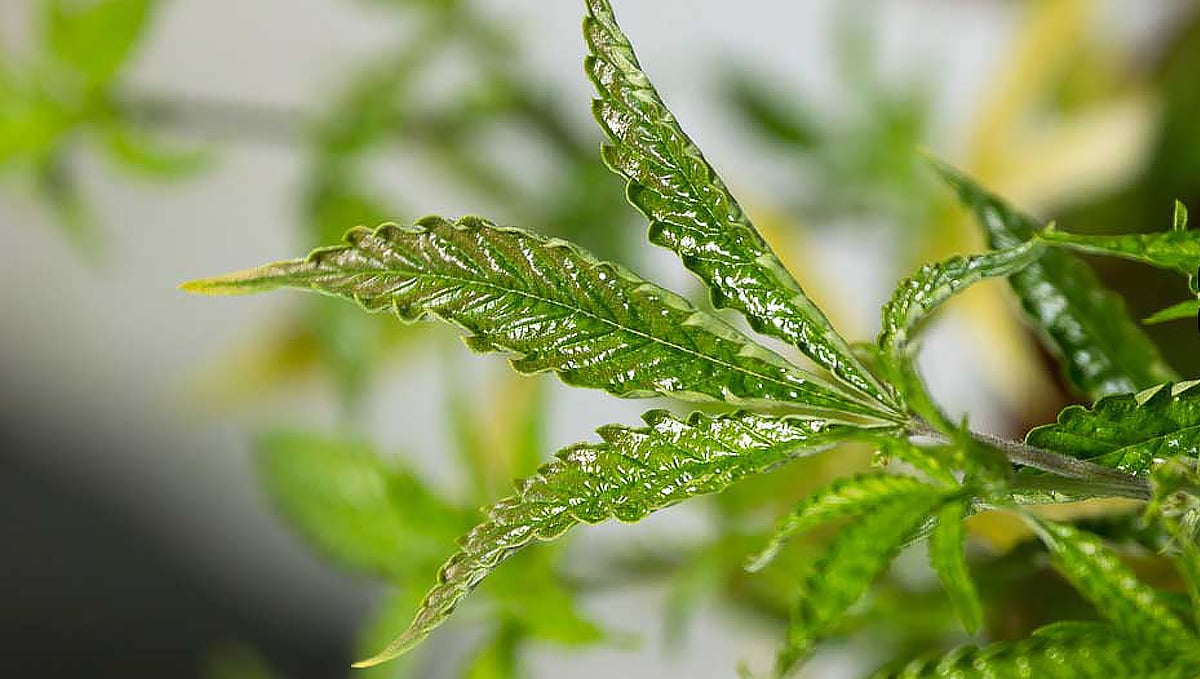
Also, as the infection progresses, you will see the leaves starting to curl up and the leaves browning and the tips dying, if your plant is already flowering and the mites attack the buds, you’ll see them turning brown and dying, so it’s essential to take action as soon as you see early symptoms.
The toxic saliva causes distorted and thicken leaf growth, which (even if treated) will not recover. Once the infestation has been taken care of, the new growth will return to normal.
6. How to prevent them?
Preventing broad mites can be hard because they can come with animals, the wind, or infected clones.
If you think you can suffer from these mites, you’ll have to spray regularly with neem oil or a pesticide of your choice, have in mind that spraying your plants regularly can stress your plants so it’s better to do it with organic products, and if you are sure they can attack your plants. Neem oil is one of the best organic pesticides for use with cannabis plants. It can be used to treat infestations, but can also be used as a preventative measure. For the best results, make a neem oil foliar spray and cover the plant liberally every 6 to 9 days. Make sure to not leave the plant sopping wet, and to apply the spray with the lights and fans turned off.
To create a neem oil foliar spray simply:
- Pour 1 liter of rain or tap water into your spray bottle (this should be at room temperature, about 18 to 23C)
- Add 1 to 2 MLS of your favorite insecticidal soap and very gently mix with forming and bubbles.
- Add 75% of the bottles recommended does of neem oil.
- Remember to stir well each time you use it, as neem oil will settle at the bottom of the spray bottle if you leave it for more than about 10 minutes.
This can be done all the way through veg and up until the last 3 weeks of the flowering stage of growth. Be sure to cover the entire plant (during the vegetative growth stage) and take special care with the underside of the leaves as this is where the mites usually live. In the flowering stage be careful not to spray the budding sites, and to stop with three weeks of the run left.
7. How to deal with them?
If you’re already suffering from a broad mite infection, it’s essential you take action immediately.
The first thing you should do after identifying2 you have these mites on your plants is removing the infected parts, this will reduce the population and prevent it from spreading to the rest of the plant and to the other plants around.
After removing the infected parts of your plant, you’ll have to start a treatment, you will have to spray with insecticidal products up to 3-4 times a week or even daily, depending on the gravity of the infestation, remember that spraying with the lights on can burn your plants so it’s better to do it when the lights are turned off.
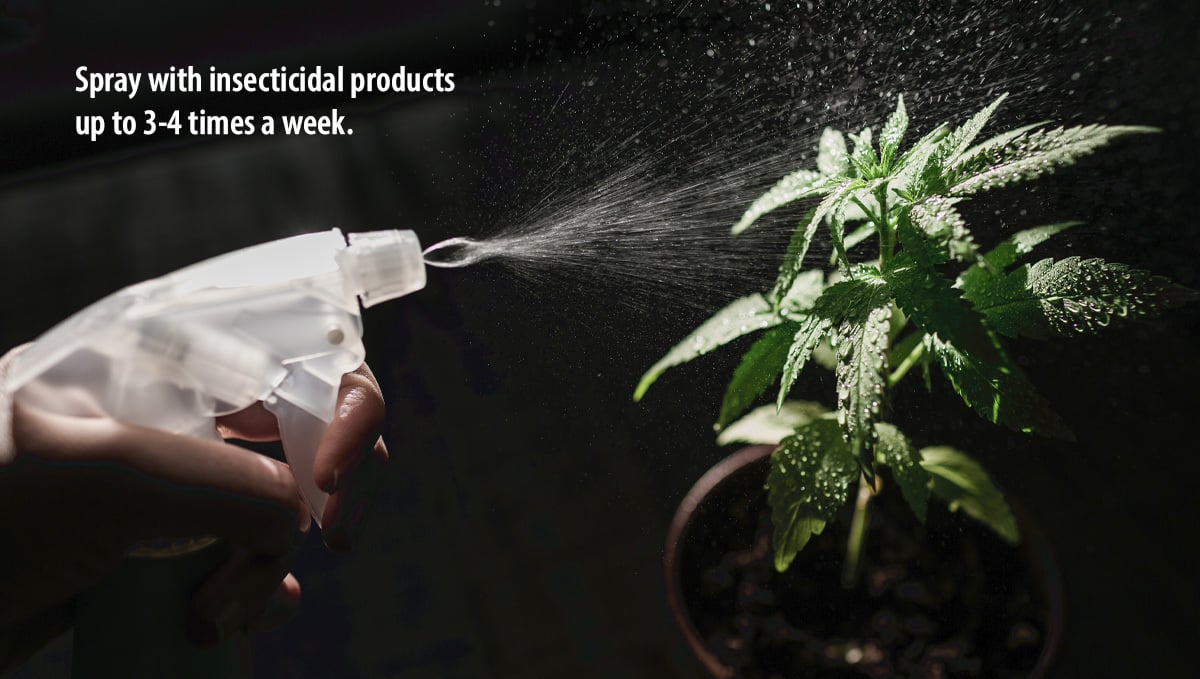
Even if you think you have completely eliminated them, continue spraying for 4-5 weeks more, this will prevent them from coming back, it’s crucial they don’t come back because the second time they’ll be resistant to the product you’ve been using and you have to buy another one and this can have a toll on your plant so after you’re 100% sure you’ve taken care of them all continue the treatment for up to a month after they’re gone.
8. Treatments for broad mites
There are several treatment options for broad mites. We have already discussed the use of neem oil as a preventative aid, but it can also be used as a treatment for infestations. You can combine this with Diatomaceous Earth (DE) which is extremely sharp at the microscopic level. It will destroy the outer shell of many invasive pests, which will lead to the dehydration and eventual death of the mites. You can employ the use of predatory mites, which, unlike broad mites, will not attack your plants but the pesky little broad mites themselves. Neoseiulus-type mites love to eat a wide range of mites including broad mites, although if the infestation is already quite bad then they may not be effective enough to save the plant.
Heat is also a board mite killer. Some growers report great success in defeating broad mites by heating up their grow space to a temperature over 45℃ for an hour, but keep in mind that this can adversely affect your ladies. If you are not super worried about organic growing it may be best to find a synthetic insecticide to spray with. These are usually pretty effective but remember that any insecticide spraying, organic or synthetic, should be done only if your plant is before the last 3 weeks of flower. Lastly, if your plants are badly affected, it may be best to just scrap the lot. Mites can kill plants quickly if the infestation takes proper hold, and can infect other plants in mere hours. If you have had a mite problem remember to fully sterilize the grow space before you start your next crop (this should be done in between every run whether or not mites are present).
Other Pests to Look Out For
So, there you have it. the full rundown of everything there is to know about broad mites, and all the different ways to either treat an infestation or how to prevent one from taking hold in the first place. Broad mites can be a nuisance, but with the right preventive measures and treatment strategies, you can keep your cannabis plants safe and healthy.
But what about all the other creepy crawlies that can also negatively affect your cannabis plants? There are several other common pests in the realm of growing cannabis that you should be aware of and prepared to deal with. Let's have a quick look at each of them, and discuss the best treatment and preventative measures for each.
Spider Mites
Spider mites come from the same family as broad mites. They are often confused for each other, but you can tell them apart by looking for the telltale webbing that spider mites create, and by the small size of their eggs. Spider mites feed off the same nutrients as broad mites and can cause similar damage, so it's important to keep a close eye out for any signs of spider mites. Spider mites feed by sucking out the chloroplasts of your plants, and their populations can quickly skyrocket if left unchecked.
The best way to treat a spider mite infestation is to spray with a mixture of insecticidal soap, neem oil, and water - or with a 10 to 1 mixture of water and a high percentage alcohol. Diatomaceous earth can also work as a really effective preventative measure against a wide range of pests, including spider mites.
Aphids
Aphids are small, soft-bodied insects that feed on the sap of plants, and they can be found in almost every type of garden and grow room. Aphids resemble small moths and come in a variety of colors, including green, yellow, and black. These insects cause damage by latching onto the leaf veins or stem and sucking the internal moisture and nutrients, which can result in leaf yellowing. Aphids usually reproduce rapidly when food sources are abundant, so it’s important to take action when their population starts to increase. The best way to treat an aphid infestation is by using a horticultural oil or insecticidal soap, but regular pruning will also go a long way in helping reduce the chances of Aphid infestations.
Caterpillars
Mostly an issue for outdoor growers, caterpillars can cause a lot of damage in a very short amount of time. They feed on almost every part of the plants, leaving behind a trail of destruction, but they love nothing more than chowing down on a tasty cannabis flower. The best way to prevent caterpillar infestations is through the use of row covers and other physical barriers, but you can also spray your plants with a bug-killing solution like pyrethrin or spinosad to get your caterpillar problem under control. You can also just physically remove them, which is what you should definitely be doing every time you see one.
Slugs
While slugs don't do a bunch of damage, they're still not something you want to see hanging around your cannabis crop. Again, mostly an issue for outdoor crops, slugs feed on just about everything, including the roots and leaves of the plant. The best way to treat a slug infestation is by using beer traps. Beer traps?
That's right. Beer traps are an effective and low-cost way of controlling slug populations. Set out shallow containers filled with a few inches of beer, and the slugs will be drawn to it and drown in the beer. This is an effective way of keeping your cannabis plants safe from these slimy pests, while also keeping your garden free from synthetic pesticides.
9. In conclusion
Broad mites are just like every other mite but due to their microscopic size, it can be extremely hard to spot them without the proper equipment if you see the newer plant growth developing with yellow spots or with deformed leaves, make sure you take the actions needed as soon as possible.
If you have tips or tricks to help fellow growers get rid of broad mites, please leave us a comment below!
External References:
- Broad Mite Effects on Chili Shoot Damage and Yields - Vichitbandha, Patchanee & Chandrapatya, Angsumarn. (2011).
- Control of The Broad Mite On Bell Pepper, Spring 2005 - Schuster, D. (2006).
This post was most recently updated on April 13, 2022.









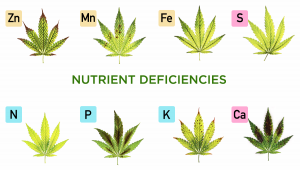
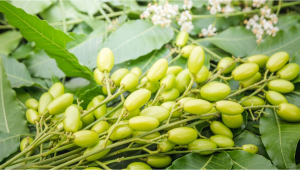
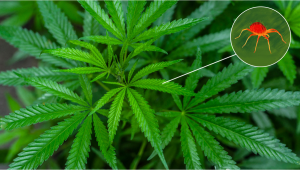


Comments